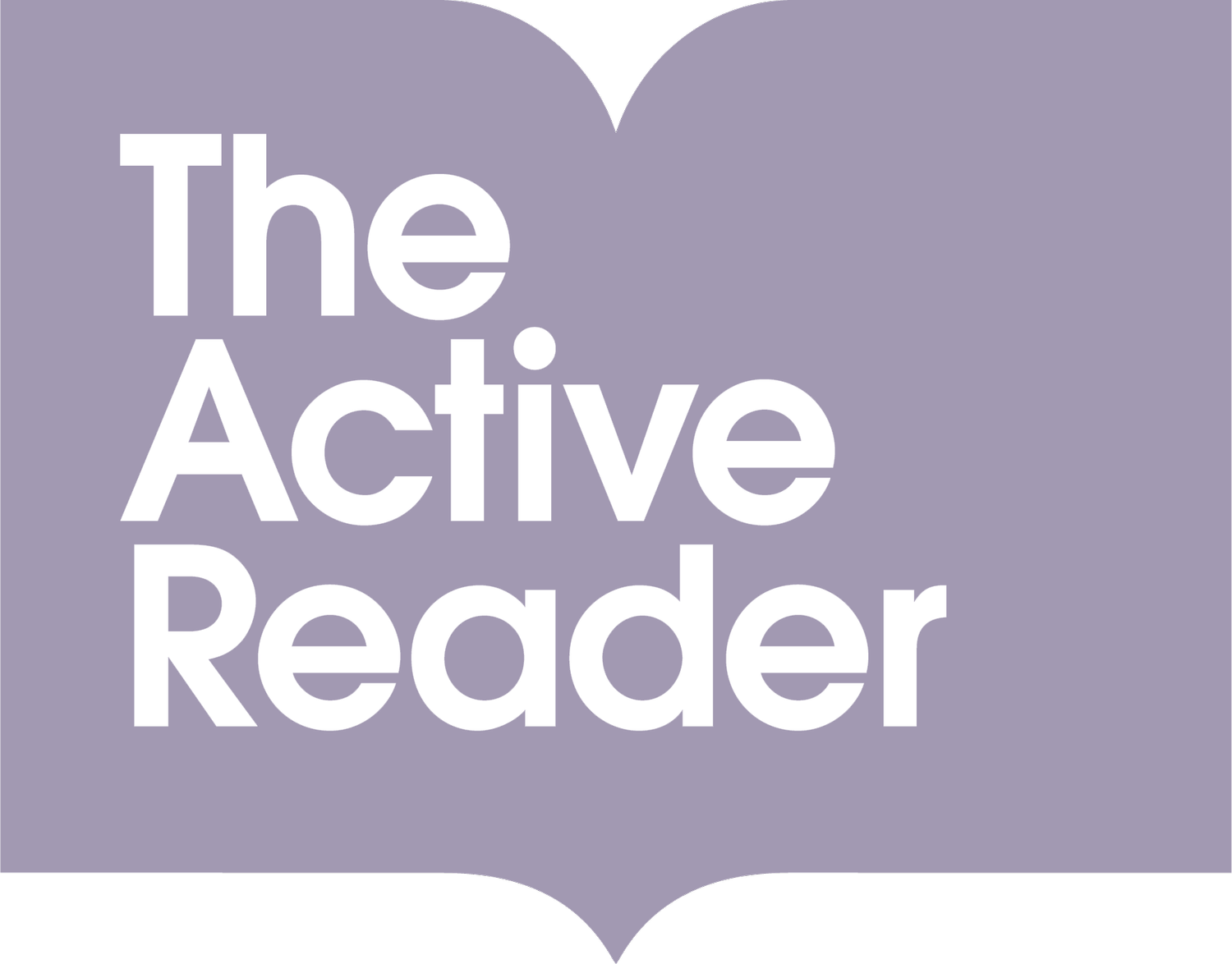What are decodable children’s books?
Decodable readers and levelled readers are two different types of books used to support early reading development.
Today we are taking a close look at decodable books. What are they? How are they beneficial and what are some recommended decodable book lines?
A decodable reader is a book that is designed to be read by a child who is learning to read, based on a systematic and explicit phonics approach. They typically contain words that are constructed using phonics rules that the child has already been taught. They are meant to help children practice decoding and word recognition skills in a structured and systematic way. These books often have simple sentences and limited vocabulary. All of these features provide learners with the opportunity to use their developing segmenting and blending skills to read words and experience independent reading success.
Decodable books are sequential in nature and build on phonics knowledge gradually. They are often also levelled by difficulty but contain a gradual introduction of more complex sounds. These types of books encourage children to sound out words using decoding strategies rather than guessing from pictures or predicting from other cues. This allows children to build their phonemic awareness skills and build their confidence easily along the way.
The type of reading material we first give to children establishes their reading habits. Decodable readers enable a child to ‘sound out,’ rather than guess, unknown words, developing strong reading habits that will lead to more successful independent reading. These types of books can be introduced once a child has learned basic letter sounds and has started working on blending sounds together.
The vocabulary and sentence structure in decodable books focus on specific phonics skills such as short vowel sounds, CVC words (consonant, vowel, consonant), digraphs or consonant blends. The sentences are often short and repetitive and contain simple high frequency words that can be broken down by sound (e.g. at, on, and, etc.). Decodable books allow a child to practice sounding out and blending words and help children become more confident and proficient readers.
If you are unsure if a book is a decodable book or not, look at the book and ask yourself the following questions:
Look at the title, can you sound out each individual letter sound in the words used?
The text should focus on specific phonics skills, such as short vowels, consonant blends, or digraphs.
The text uses a limited number of high-frequency words that the child has already learned or can easily sound out.
It uses simple and predictable language.
They start with short, simple stories that focus on specific sounds or patterns and gradually progress to longer, more complex stories as the child's reading skills improve.


